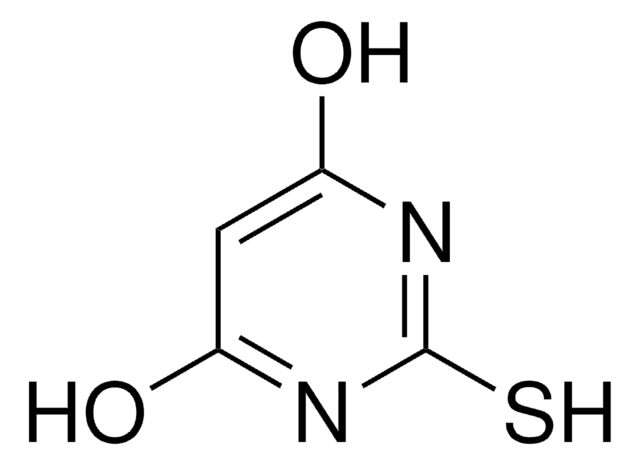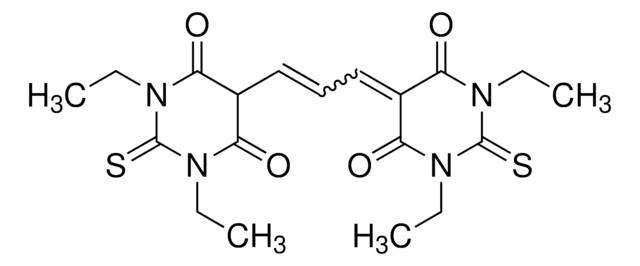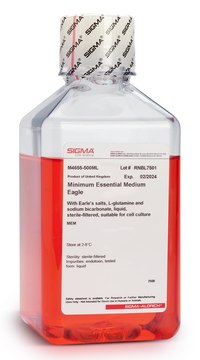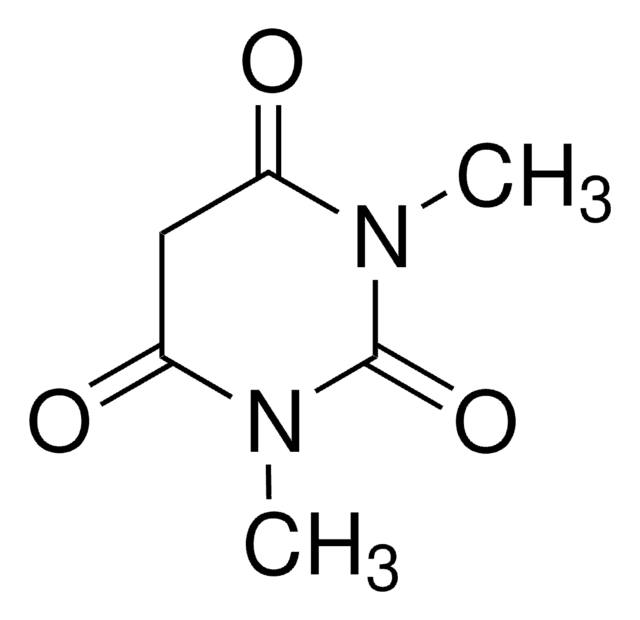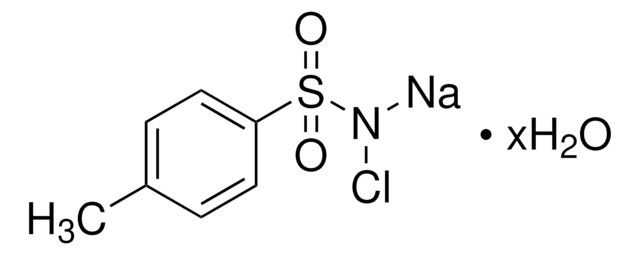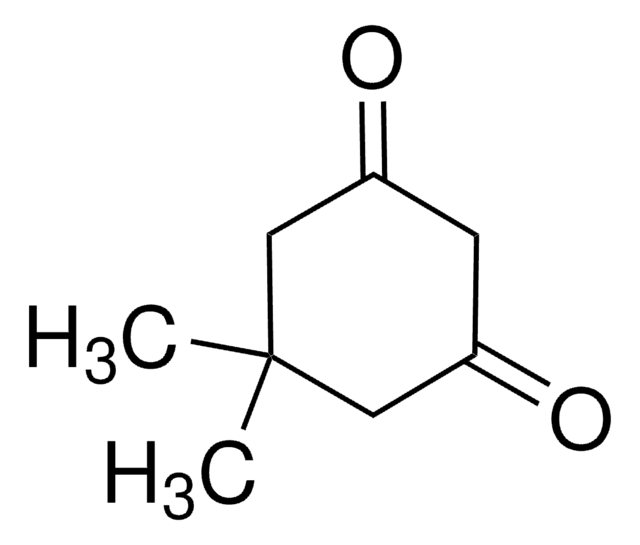Wichtige Dokumente
161950
1,3-Diethyl-2-thiobarbitursäure
99%
Synonym(e):
1,3-Diethyl-2-sulfanylidene-1,3-diazinane-4,6-dione, 1,3-Diethyldihydro-2-thioxo-4,6(1H,5H)-pyrimidinedione, 1,3-Diethylthiobarbituric acid, N,N′-Diethyl-2-thiobarbituric acid
About This Item
Empfohlene Produkte
Qualitätsniveau
Assay
99%
Arzneimittelkontrolle
regulated under CDSA - not available from Sigma-Aldrich Canada
mp (Schmelzpunkt)
109-112 °C (lit.)
Löslichkeit
1 M NaOH: soluble 50 mg/mL, clear, colorless to light yellow
SMILES String
CCN1C(=O)CC(=O)N(CC)C1=S
InChI
1S/C8H12N2O2S/c1-3-9-6(11)5-7(12)10(4-2)8(9)13/h3-5H2,1-2H3
InChIKey
SHBTUGJAKBRBBJ-UHFFFAOYSA-N
Anwendung
Signalwort
Danger
H-Sätze
Gefahreneinstufungen
Acute Tox. 3 Oral - Skin Sens. 1
Lagerklassenschlüssel
6.1C - Combustible acute toxic Cat.3 / toxic compounds or compounds which causing chronic effects
WGK
WGK 3
Flammpunkt (°F)
Not applicable
Flammpunkt (°C)
Not applicable
Hier finden Sie alle aktuellen Versionen:
Besitzen Sie dieses Produkt bereits?
In der Dokumentenbibliothek finden Sie die Dokumentation zu den Produkten, die Sie kürzlich erworben haben.
Kunden haben sich ebenfalls angesehen
Unser Team von Wissenschaftlern verfügt über Erfahrung in allen Forschungsbereichen einschließlich Life Science, Materialwissenschaften, chemischer Synthese, Chromatographie, Analytik und vielen mehr..
Setzen Sie sich mit dem technischen Dienst in Verbindung.